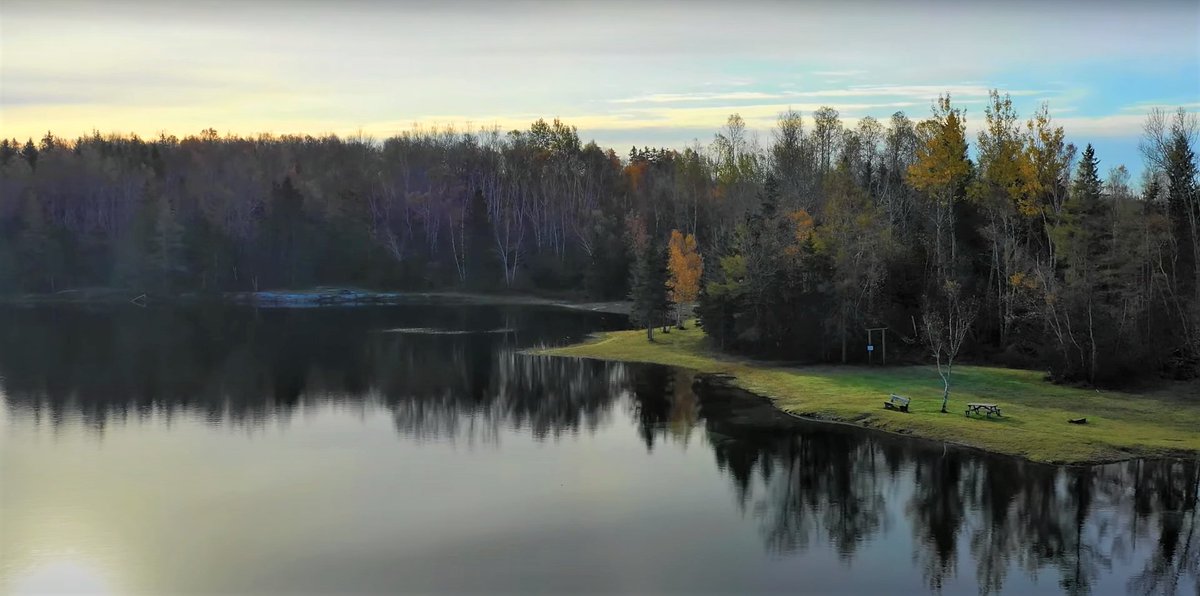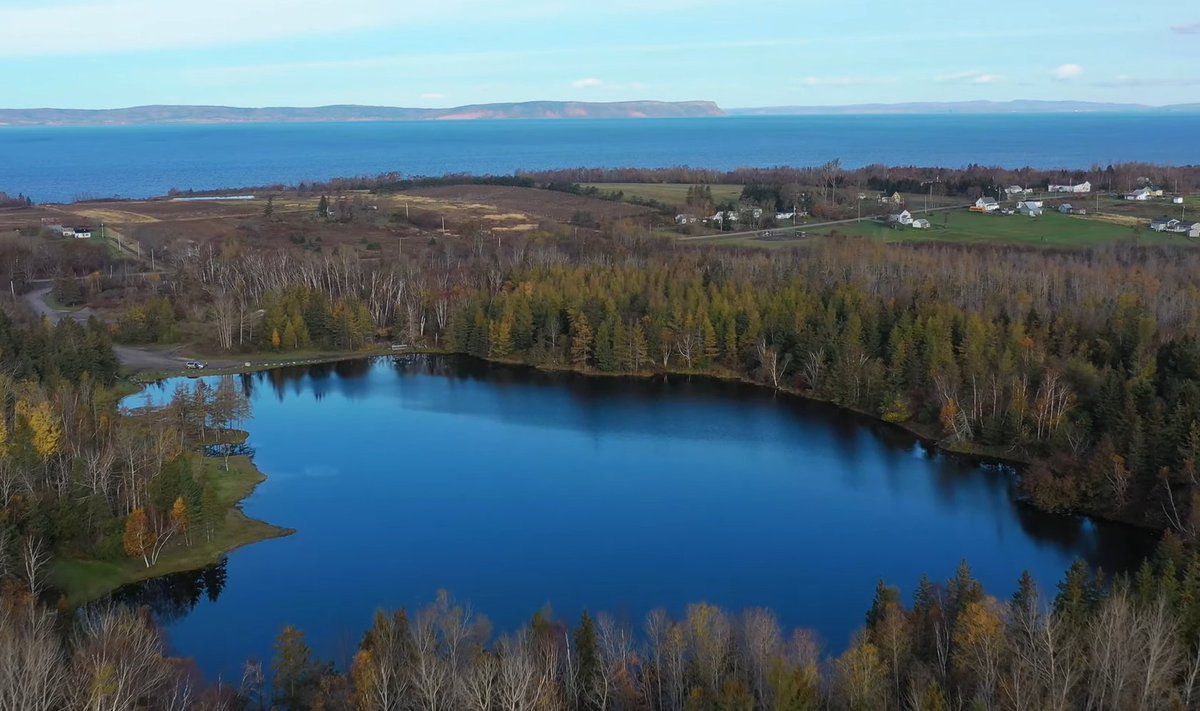We love getting questions about mining, minerals and geology! We were asked about the historical #gypsum quarry which today is the beautiful Kempt Quarry Recreation Site in #WestHants.
Here's the story:
#nspoli #cbpoli #novascotia @MLAChuckPorter @RegMunWWH #nshistory

Here's the story:
#nspoli #cbpoli #novascotia @MLAChuckPorter @RegMunWWH #nshistory


Gypsum quarrying began in #HantsCounty in the 1700s when farmers exported it as fertilizer. #Gypsum fixes alkaline (high pH) soil. US inventor Ben Franklin learned this from the French and brought the idea to the US in 1785.
#nspoli #cbpoli #novascotia @MLAChuckPorter @RegMunWWH
#nspoli #cbpoli #novascotia @MLAChuckPorter @RegMunWWH

There have been many #gypsum quarries in #Hants over the years, including several in the #KemptShore/Cheverie area.
There were two quarries near #Cheverie that operated in the 1900s, the Cove and Upper Head quarries. The Cove Quarry was close to the shipping pier.
#nspoli #cbpoli

There were two quarries near #Cheverie that operated in the 1900s, the Cove and Upper Head quarries. The Cove Quarry was close to the shipping pier.
#nspoli #cbpoli


Erosion by waves created tunnels into the deposit that were used to access the #gypsum. The gypsum was drilled with hand augers, loaded onto carts and hauled to a stockpile by the pier where it was loaded onto barges for shipping.
#nspoli #cbpoli #novascotia @RegMunWWH #nshistory
#nspoli #cbpoli #novascotia @RegMunWWH #nshistory

The Upper Head quarry was about 100 yards east of the pier along the shore.
In 1912, there were 40 men employed at the two quarries. Some of their #gypsum was used as fertilizer by peanut growers in the United States.
#nspoli #cbpoli #novascotia @RegMunWWH #nshistory
In 1912, there were 40 men employed at the two quarries. Some of their #gypsum was used as fertilizer by peanut growers in the United States.
#nspoli #cbpoli #novascotia @RegMunWWH #nshistory

There were two gypsum quarries in #KemptShore but little is known about them due to lack of records. One is easily identifiable because today it is the Kempt Quarry Recreation Site and a beautiful lake. A second quarry was nearby, a little to the west.
#nspoli @RegMunWWH

#nspoli @RegMunWWH


The water at the Kempt Quarry Recreation Site is clear and clean (and tested regularly by the #WestHants Recreation Department) and is a great spot for swimming. It has rocky ledges to leap off and a shallow area for kids.
#nspoli #cbpoli #novascotia @RegMunWWH #nshistory

#nspoli #cbpoli #novascotia @RegMunWWH #nshistory


The specific question we were asked is whether there is old mining equipment at the bottom of the Kempt Quarry Recreation Site lake, leftover from the historical operation. We checked with the good folks at the Municipality of West Hants and they tell us the answer is no.
#nspoli
#nspoli

They actually hired a diver a number of years ago to investigate the lake and no old equipment was found.
Historical mines/quarries usually moved equipment to new sites when an operation closed – it was valuable, after all. However, they did sometimes abandon old equipment.
Historical mines/quarries usually moved equipment to new sites when an operation closed – it was valuable, after all. However, they did sometimes abandon old equipment.

This clearly is not acceptable today and modern industry standards and government regulation prevent it now. But back then, it was not unusual for many industries to abandon equipment, i.e. old forestry equipment can also sometimes be found in the woods, etc.
#nspoli @RegMunWWH
#nspoli @RegMunWWH

It used to be common for people and companies to dump waste in the woods and waterways. Fortunately, industry standards – and society’s standards – have come a long way since then!
#nspoli #cbpoli #novascotia @MLAChuckPorter @RegMunWWH #nshistory


#nspoli #cbpoli #novascotia @MLAChuckPorter @RegMunWWH #nshistory



• • •
Missing some Tweet in this thread? You can try to
force a refresh



























